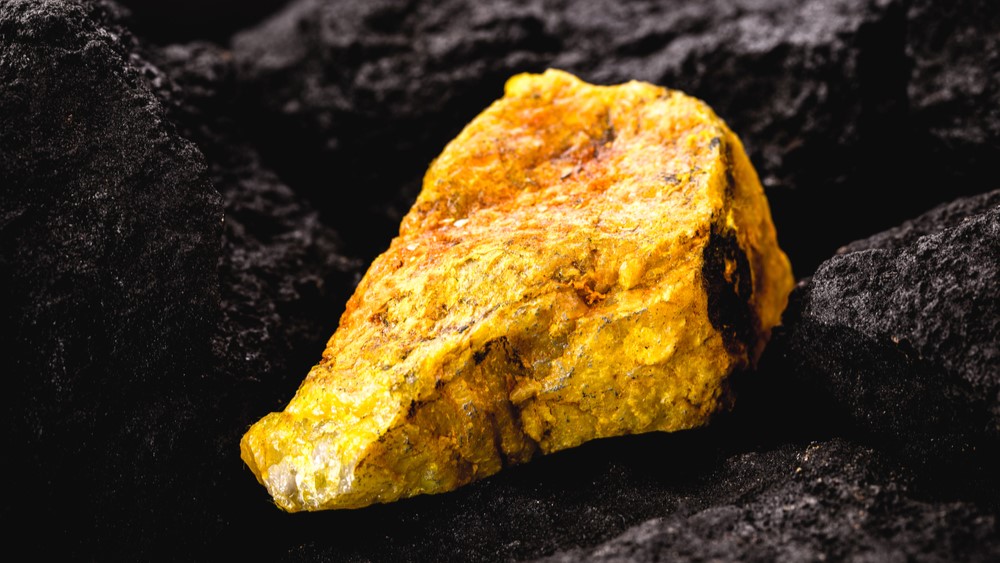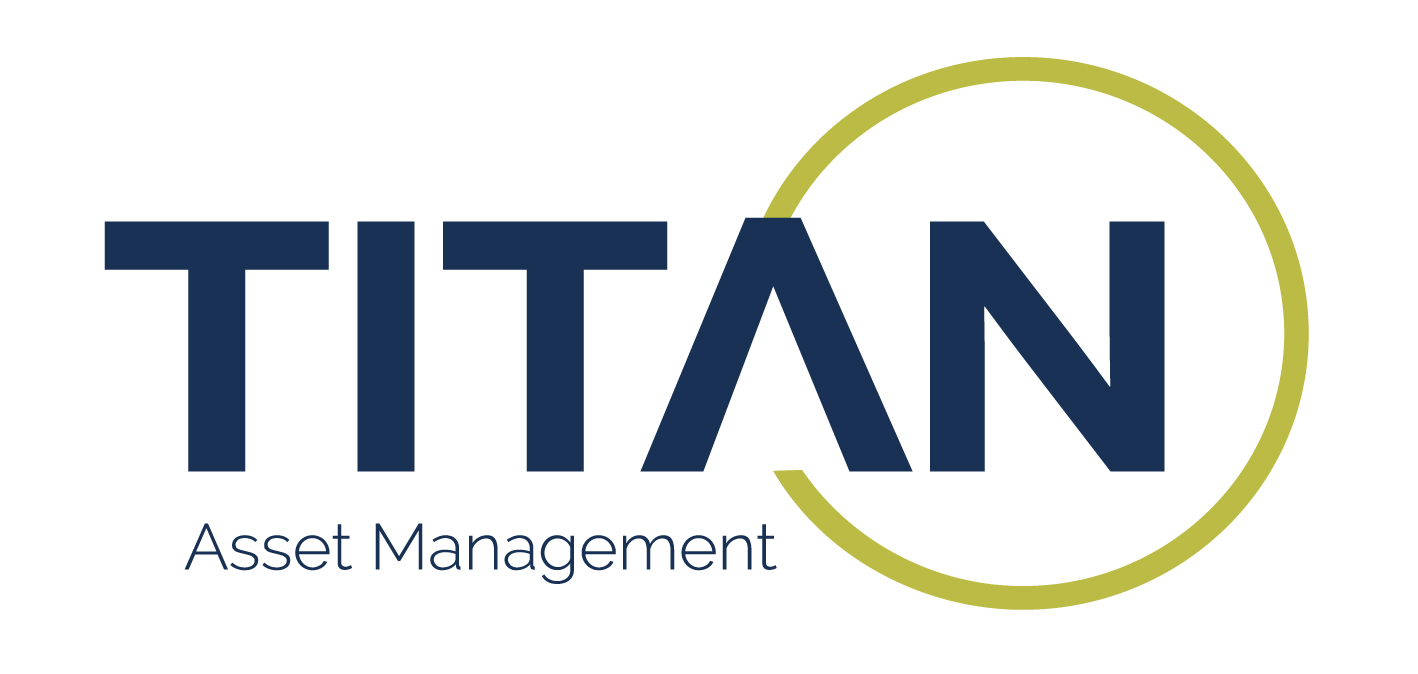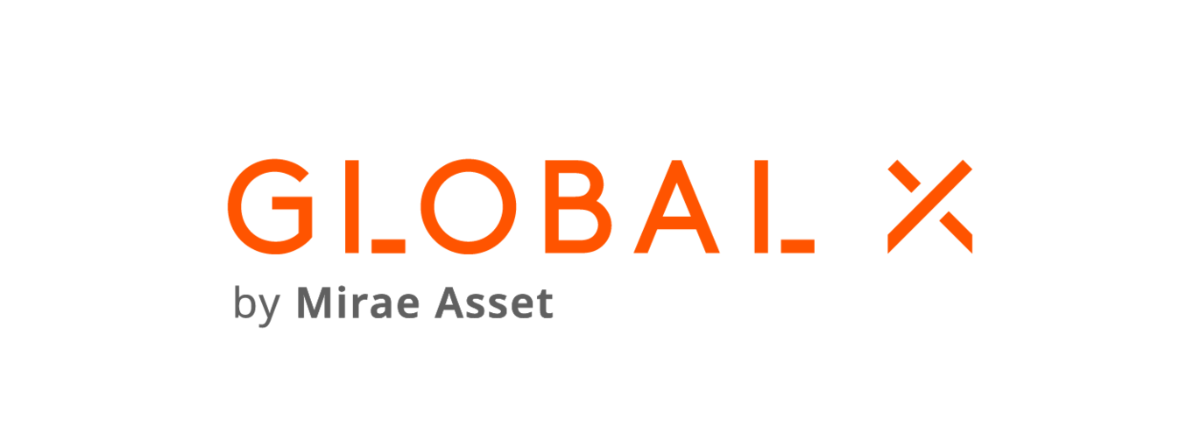HANetf and Sprott Asset Management teamed up once again to launch Europe’s first junior uranium miners ETF last week, but fund selectors might be scratching their heads as to whether this represents useful innovation or unnecessarily niche exposure.
The Sprott Junior Uranium Miners UCITS ETF (URNJ) listed on the London Stock Exchange, Deutsche Boerse and Borsa Italiana a year after its US-listed equivalent debuted, which has gone on to amass $344m assets under management (AUM) within its first 12 months.
URNJ becomes Europe’s fourth uranium exposure, joining its older sibling, the Sprott Uranium Miners UCITS ETF (URNM), which has gathered $307m AUM within two years, no small feat for a product offering exposure to a niche area of the market.
Like its broader equivalent, URNJ commands a sizeable total expense ratio (TER) of 0.85%, however, investors have so far been willing to foot relatively high fees to gain pure-play access to the specialist sector.
There is also plenty of overlap in the product’s holdings. While URNJ’s basket of 32 constituents is only a few securities narrower than URNM’s 37 holdings, its benchmark – the Nasdaq Sprott Junior Uranium Miners index – allocates 63.7% of its weighting to companies with a market cap below $2bn and 36.3% to those with a market cap below $10bn.
Interestingly, despite this expected small-cap bias, URNJ’s top allocations include several names familiar to URNM investors. In fact, all 10 of the junior miner ETF’s top 10 weightings appear within the top 15 of its broader market equivalent.
However, rather than this being a case of lack of originality, it likely reflects the narrowness of the universe of eligible, scaled and listed uranium miners.
URNJ also features some notable omissions versus its larger cap sibling. Most noticeable is the absence of Canadian uranium mining giant Cameco and Kazakhstan powerhouse Kazatomprom. The removal of the latter also deletes URNJ’s geographical exposure to Kazakhstan equities.
Elsewhere, URNJ also removes the almost 20% exposure to spot uranium offered by URNM’s through holding the Sprott Physical Uranium Trust and Yellow Cake.
What is the investment rationale?
Bringing these components together, it is worth considering what advantage is offered by excluding physical uranium and a handful of key mining players.
John Leiper, CIO at Titan Asset Management, whose team already allocates between URNM and a rival equivalent by Global X, told ETF Stream ahead of the arrival of URNJ: “I think it would be really good to have uranium juniors in Europe because, with a lot of the large names like Cameco and Kazatamprom, there is a sense they are a bit overcommitted in terms of their contracts.
“These companies are not as leveraged to the rising uranium price as some of the junior names which are going to have a bit more unhedged exposure.
“Looking at the last uranium cycle, many of these junior uranium names actually caught up and began to outperform large caps.”
Overall, investors may look to remove a few core components of the broad uranium miner universe to gain even more pronounced exposure to movements in the price of yellow cake.






